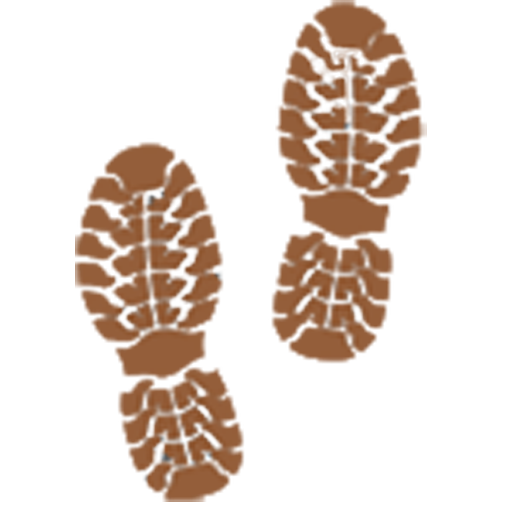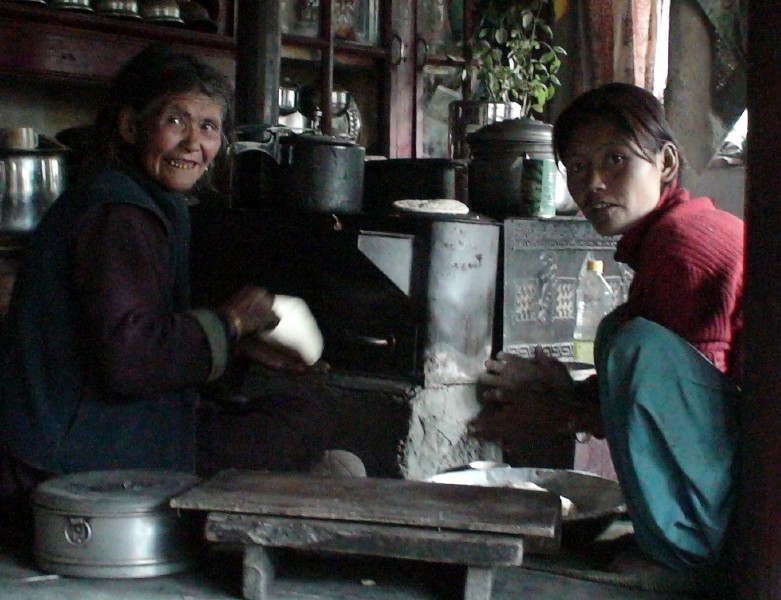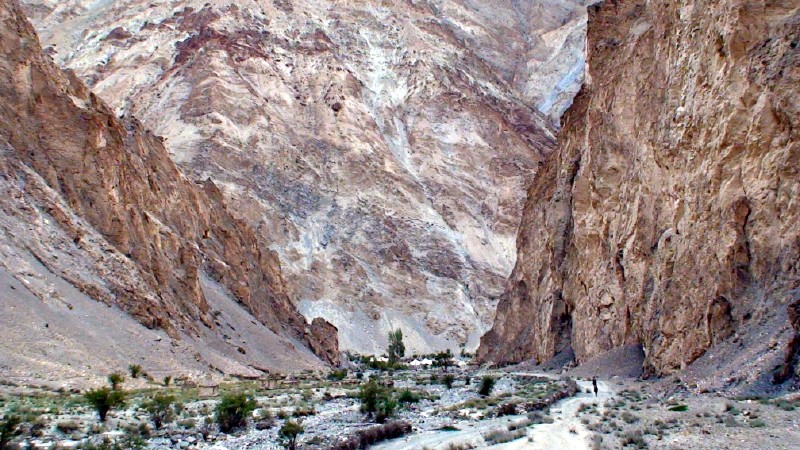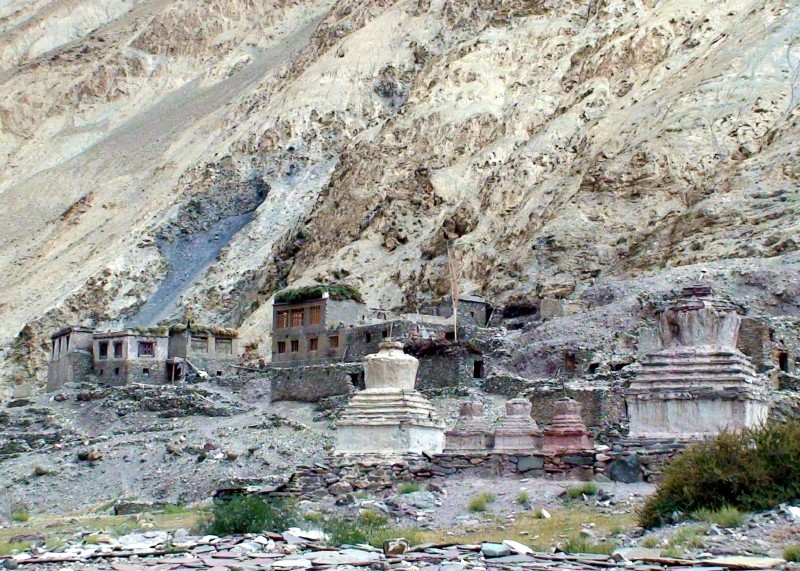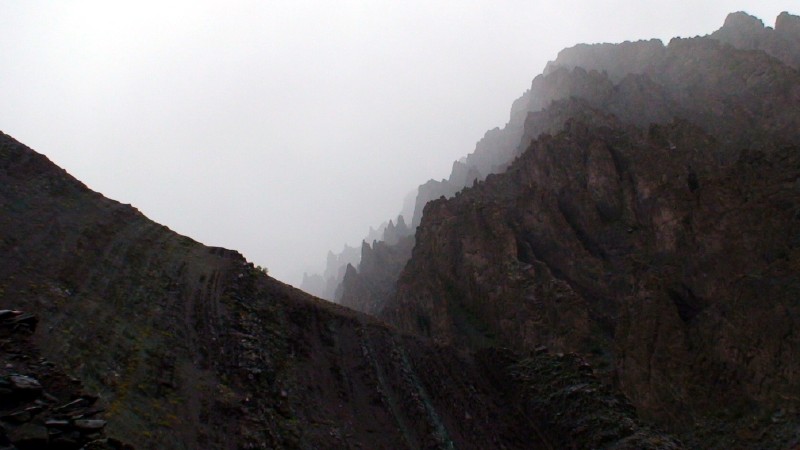This is a how to post about Trekking the Markha Valley. I provide details that include maps, costs, logistical requirements and facts as well as links to additional details, photos and videos. This is a self-guided adventure on a shoestring. Follow the narrative links to dig deeper into the adventure.
Trekking the Markha Valley or Mutiny on the Markha
I was well aware of the story concerning the Mutiny on the Bounty that took place in April of 1787, but little did I know that a similar fate was about to befall me as I set out on a trek thru Ladakh’s Markha valley. By the end of the ill-fated trek I would wonder just how much Captain Bligh and I had in common. However, it makes sense for me to start this tale of woe from the beginning.
By the end of the ill-fated trek I would wonder just how much Captain Bligh and I had in common. However, it makes sense for me to start this tale of woe from the beginning.
The formation of the trek actually began in a jeep ride from Srinigar to Leh. It was on this long and bumpy ride that I explained to a fellow passenger called Patrick (a Londoner born to Indian parents) that I was on my way to Leh to put together an outdoor adventure and was looking for one or two novices (or victims) to take along. He immediately volunteered and from that moment on was so enthusiastic that I had no choice but to put together a trek and take him along. When we reached Leh I was terribly sick however, so for a few days I laid in bed taking antibiotics while he chomped on the bit for departure and talked up the adventure to fellow guests.
Finally after two days I got out of bed and set a departure date. He was as excited as a small boy on Christmas Eve at the news. In the mean time we had to do some homework and gather supplies. While at the J&K Tourist office asking questions that day I ran into a petite package from Germany called Joanna. I asked her if she wanted to do some independent trekking and she agreed readily. I then introduced her to Patrick and left them to get acquainted.
Both were of approximately the same age (21 and 22 respectably) and in university. That evening we met for dinner and it was agreed that Joanna would join us on the condition that her mother approved (even though she was 22 year old, she seemed like a young 22 so I insisted that she send her mother my web site links and get her permission to go).
The following day I was told that Joanna had the green light from home so we set the departure date at September 2. I then gave my new crew a to-do list (purchase day packs, windbreaker jackets, food, etc.) to keep them busy until our departure and in order for them to bond. I also suggested that they eat breakfast and dinner together each day to become better acquainted.
As the leader of the expedition (so to speak) and director of filming I felt I should remain aloof, so stayed outside of their activities and meals. I thought this would make it easier for me to direct and manage them during the trek. Little did I know that I was actually missing an opportunity to learn their true characters and avoid future conflicts.
On the evening before our departure I was still feeling a little ill and spent much of the night visiting the little room that all westerners spend a great deal of time in when they visit India. Strike one. The 6am knock at my door came much too early for my liking, but the lambs were excited so I was committed. I got up reluctantly, grabbed my gear, and headed down to the courtyard where I found the kids waiting.
Click to continue reading the Trekking the Markha Valley narrative…
![]()
Total Cost Range of this Activity is: $
Cost Details:
| 2 Nights in Leh (before & after trek) Bus to/from trail start/end 6 nights in homestays ($7/day w/meals) Misc meals, junk food, drinks |
$7 $3 $42 $33 |
| Total | $85 |
2007 prices
Click to watch Video
Trekking the Markha Valley Summary Outline:
Day 1
Stok to Camp after Stok La. This trek has two starting points. The more popular and easier one is the village of Spitok, however we chose the harder and more scenic option of Stok village. Follow the river upstream from the tea houses located at the south end of the village (end of the road at the washed out bridge). Stay on the right side of the river (facing upstream) unless forced to cross temporarily due to frequent washouts.
Note that there is a tent teahouse located three hours before the Stok La Pass that denotes the location of a trail split. The trail to the left across the river leads to the Stok Kangri base camps, while the direct (right) trail leads to the Stok La pass and the Markha valley. The river will eventually dry out as you reach higher elevation so be sure to refill your bottles or you will face problems at the end of the day.
There is a shepherd’s stone hut located at the base of the false pass. This is an ideal camp location if you have enough water. Otherwise you will be forced to cross the pass and head down into the valley for an additional hour to reach the first campsite with water. Camp before the pass at the stone hut or after the pass at the first water location.
Day 2
Camp to Rumbak or camp before Ganda La Pass. Depending on where you camped the previous evening, you can continue over or down from the pass to the green valley and spend the night at the Rumbak village home stay or proceed an additional hour to the Yurche home stay (single home, no village), or on to the tea tent campsite (you can stay in the tea tent for 50rs) before the Ganda La Pass.
Day 3
Skyu Village. The first half of the day is uphill to cross the Ganda La Pass. The trail then descends into a wide easy downhill valley and then into a very long winding narrow gorge. You will have to cross the Willow shrouded stream (Shingri Nala) many times due to washouts. The gorge opens onto the wider Markha valley at the Skyu Monastery. Skyu village is around the bend to the southeast where a number of tea stalls and campsites are located. The home stay is an additional 15 minutes walk upstream from the village.
Day 4
Skyu to Markha Village. The walk from Skyu to Markha is a long but easy one. The scenery changes constantly and the trail crosses the river a number of times (8hr day). The home stay is located at the beginning of the village (before the bridge).
Day 5
Markha Village to Namling tea tent camp area (8-9 hrs). Note that some guides suggest that you stop at the Tahangtse tea tent camp area (6 hrs). The walk to Tahangtse is generally easy, but with a number of wet river crossings (take off your shoes and wade across frigid waters) and false trails due to washouts. From Tahangtse the trail begins a steady (and difficult) two hour ascent to higher elevations. The trail then levels out when you reach the small mountain pond and circular rock formation. From this point it is an additional hour to the Namling tea tent campsite.
Day 6
Namling to Chogdo or Sumdo. This is another long day due to the 2-3 hrs spent crossing the Gangmaru La Pass (5200m). At the Namling camp ground cross the stream at the wood bridge and proceed directly up the opposite slope (some maps incorrectly show the trail going upstream). At the top of the slope the trail opens up onto a plateau heading northeast and the starts a zigzag ascent to the Gangmaru La pass (no false summits in this case so it is very direct).
The other side of the pass is very steep and it takes 1-2 hrs to reach first water and a campsite (Larsa). From this point you are in a tight gorge with many washouts and difficult trail finding conditions for at least 4 hrs (to tea tent camp 1 km before Chogdo). Note that you will cross the river many times until you reach the final solid trail on the left side of the downstream gorge (note that earlier left side trails are washed out). There is a home stay at Chogdo. Sumdo is an additional two hours downstream and now serviced by a gravel road (bus leaves each morning at 8am) and has a Guest House.
Day 7
Chogdo to Hemis Gompa. If you stayed at Sumdo you can catch the bus to the main highway and then to Leh. If you stay in Chogdo you walk along the gravel road to Martselang for 2 hrs and then an additional 2 hrs uphill to Hemis Gompa where a bus leaves daily for Leh at 12:30pm.
There is now a road directly from Martselang across the Indus River and the village of Karu. From Martselang or Karu there are many bus options back to Leh. All the older guide books end this trek at Hemis, but a more logical option now is to end at Sumdo since walking on gravel and paved roads is not that pleasant.
Trekking the Markha Valley Maps

Markah Valley Area Map
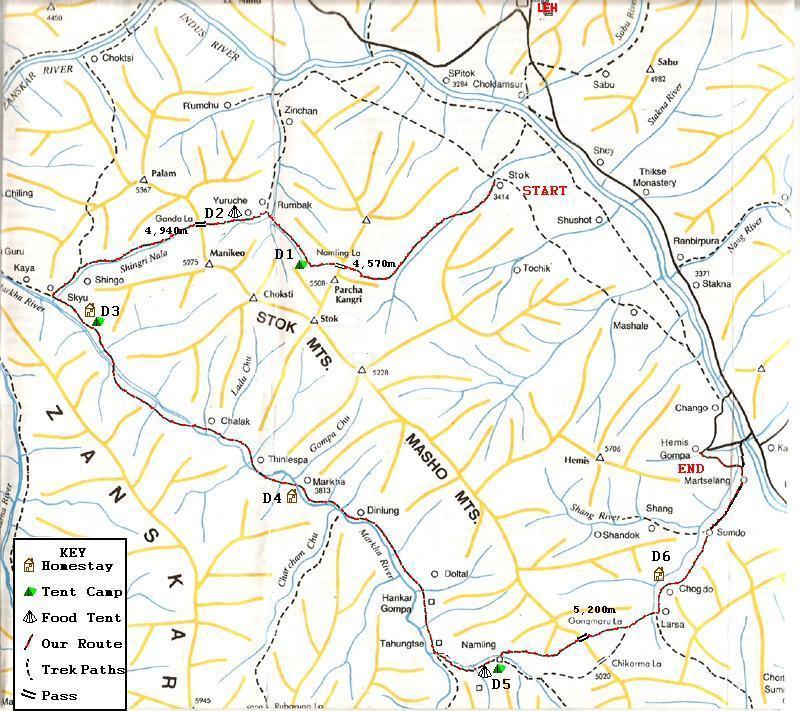
Markha Valley Trekking Map
Transportation to/from Leh.
Reaching Leh, the capital of Ladakh is either from the west (Shrinigar) or the southeast (Manali) along a single (and only) road. From Shrinigar you can catch the daily J&K bus (600rs) that takes two days to reach Leh (over night stop usually at Kargil). You may also take a shared jeep (1200rs) that takes 12-14 hrs.
To reach Leh from Manali you can take a state bus 600-800rs depending on direction) that takes two days. The independant buses range from 1000-1500rs and take two days (with an over night camp costing up to 400rs). You may also take a 16-18hr shared jeep (1500rs front and center row seats or 900rs rear jump seats). Note that the road between Manali and Leh is probably one of the worst road on the planet and a jeep ride of this duration can seem like hell.
Optionally you can fly into Leh for around $100.
The bus from Leh to Stok village (trailhead) leaves from the Leh New Bus Park daily at 8am, 2pm, and 4pm. The last return bus leaves Stok around 6:30pm.
The bus from Hemis Gompa to Leh leaves daily at 12:30pm. The bus from Sumdo leaves each morning at 8am). The Hemis bus stops at the power plant bridge in Martselang on its way to Leh so it is not necessary to hike all the way up to the gompa. At the village of Karu (on the main highway across the Indus River) there are countless bus options to Leh.
Accommodation:
Accommodation on the trail is either Home Stay for a flat fee of 300rs (even though we were told 350rs in the city) and includes dinner, place to sleep, breakfast and a pack lunch (chapati and jam). Home stays also have a camp area and charge 100rs per tent.
Some tea tent campsites also offer home stay in the dining tent (after the last guest has gone) or in an additional tent. It cost 100rs to set up a tent at these tea tent sites (proceeds go to the local Monastery and a receipt is provided).
In any village (one house or more) there is usually private camp areas costing 100rs per tent.
You could do this entire trek without a tent, but it would be risky given some of the high passes and the possibility of harsh weather (it snowed the night we were in Namling in early September).
GPS Waypoints
| # | Latitude | Longitude | Elevation |
| 1 | N 34 04.042 | E 077 32.651 | 3414 |
| Trailhead teahouse Stok Village across washed out bridge | |||
| 2 | N 34 02.482 | E 077 27.831 | 4442 |
| Day 1 tent camp (other side of Stok La Pass) | |||
| 3 | N 34 02.790 | E 077 23.272 | 4369 |
| Day 2 tea tent camp site after Yuruche (before pass) | |||
| 4 | N 34 02.500 | E 077 21.771 | 4980 |
| Gundula Pass | |||
| 5 | N 33 58.754 | E 077 16.286 | 3371 |
| Day 3 Homestay & camp just east of Sku | |||
| 6 | N 33 53.077 | E 077 24.994 | 3410 |
| Day 4 Homestay in Markha Village | |||
| 7 | N 33 49.151 | E 077 35.669 | 4857 |
| Day 5 tea tent camp site, Namling | |||
| 8 | N 33 47.420 | E 077 37.045 | 5289 |
| Gongmaru La Pass | |||
| 9 | N 33 49.790 | E 077 40.169 | 3990 |
| Day 6 Homestay in Chogdo village | |||
| 10 | N 33 54.764 | E 077 42.218 | 3673 |
| Hemis Gompa (End) | |||
Other Trek Options
source: Indian Himalaya Maps Sheet 3, by Leomann Maps)
Padam to Leh via Charcha La
Padam-Lamayuru Trek via Zangla and Namtse La
Click the big yellow button to become a patron!
Link to Narrative
